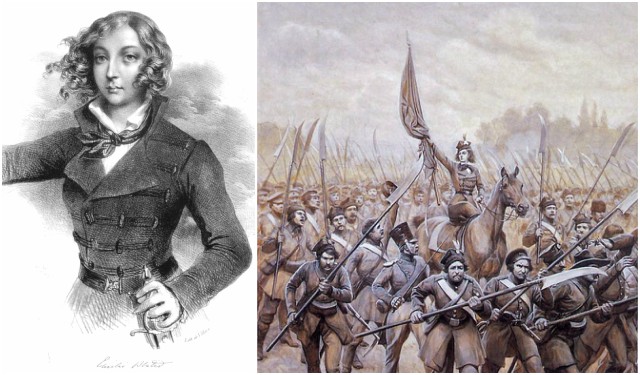The three partitions of the Polish–Lithuanian Commonwealth perpetrated by Russia, Prussia, and Austria, in the second half of the 18th century, was removed from the map as one of Europe’s largest states. It marked the end of the existence of Poland as an autonomous state.
However, there was one thing that Russia, Prussia, and Austria weren’t able to divide- the spirit of the Polish people who wanted freedom above all.
At the Congress of Vienna in 1815, the Duchy of Warsaw, created by Napoleon was brought to an end, and the Congress Kingdom that had its constitution, courts, army, and treasury was created. However, the freedoms were slowly taken away, and Polish social and patriotic organizations were soon abolished. In 1829, Nicholas I of Russia crowned himself King of Poland, provoking great tensions and eventually, an armed struggle against his rule.
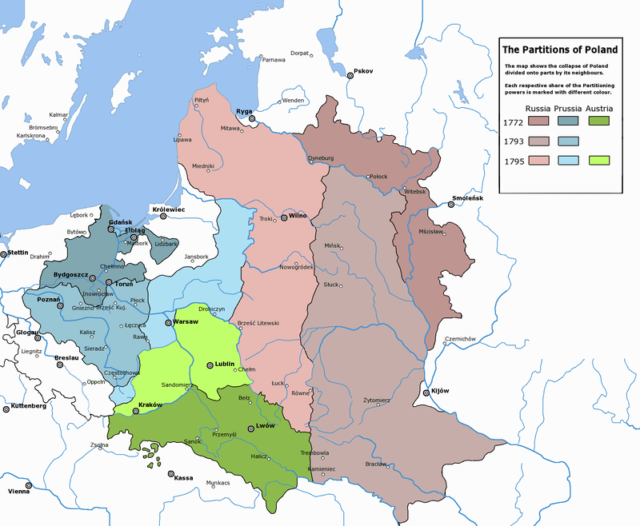
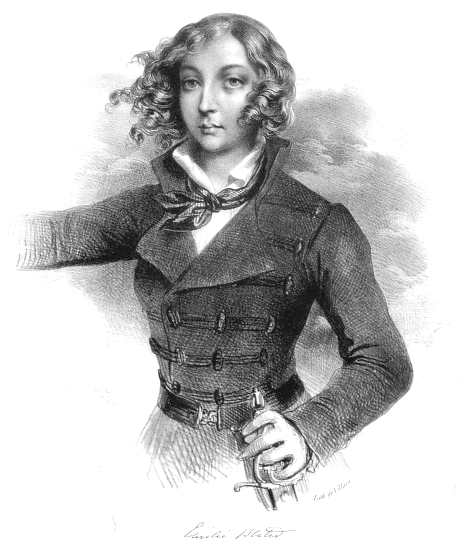
The November uprising that followed was one of the most important events in the history of Poland. It was November 29th, 1830, when Piotr Wysocki and 23 other people attacked and captured the Belweder Palace, the main seat of the Grand Duke and soon after that, the rebels managed to capture the city of Warsaw. After nearly a year of fighting, the numerically superior Imperial Russian Army finally put an end to the uprising on October 5th, 1831.
During this period, many tales of the heroism and determination of the Polish people were born. However, there is nothing similar to the story of Countess Emilia Plater- the Polish Joan of Arc.
Born on November 13th, 1806, in Vilnius (Wilno), to a noble Polish-Lithuanian family, Emilia Plater was raised in Latvia by her distant relatives, Michał Plater-Zyberk and Izabela Helena Syberg zu Wischling, after her parents had separated in 1815.
Young Emilia received an excellent education and was brought up to value her Polish ancestry. Even in her early years she became interested in literature and was particularly fascinated by Johann Wolfgang von Goethe and Friedrich Schille. She admired Bouboulina, a heroine of the Greek War of Independence in 1821, Anna Dorota Chrzanowska, Polish heroine of the Polish–Ottoman War, and Joan of Arc, a heroine of France.
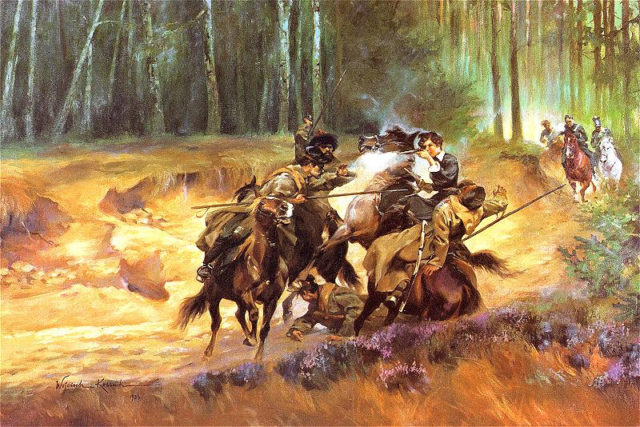
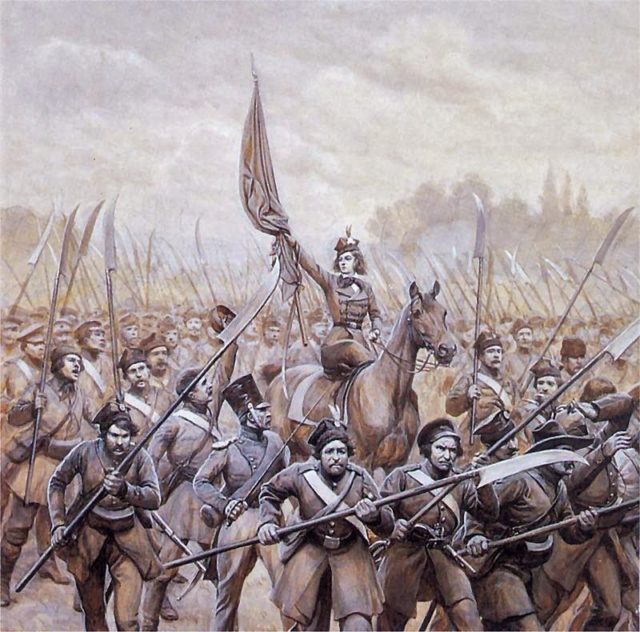
What was unusual for her is the fact that she became an exquisite fencer and learned to ride a horse and shoot. Her male cousins apparently deeply influenced her life and most probably inspired her to join the November Uprising against Imperial Russia.
One particular incident where one of her cousins was forced to join the Imperial Army of Russia as punishment for celebrating the Constitution of May 3rd, deeply influenced her life and catalyzed her to press on her efforts against the suppressor.
She was not allowed to participate the meetings of the Polish patriots in Wilno because of her gender, so she cut her hair, prepared a uniform for herself and assembled a force of 500 people. Joining the uprising was her idea, and a statement on March 25th, 1831 signed by Emilia Plater reads that she waited that moment her entire life.
The first successful battle of her unit was against a Russian horse patrol in the village Dangiele on March 30th, 1831, and on April 2nd, she forced an infantry division to retreat. Reportedly, she seized the town of Zarasai in April, but there is no clear evidence whether this claim is true or not.
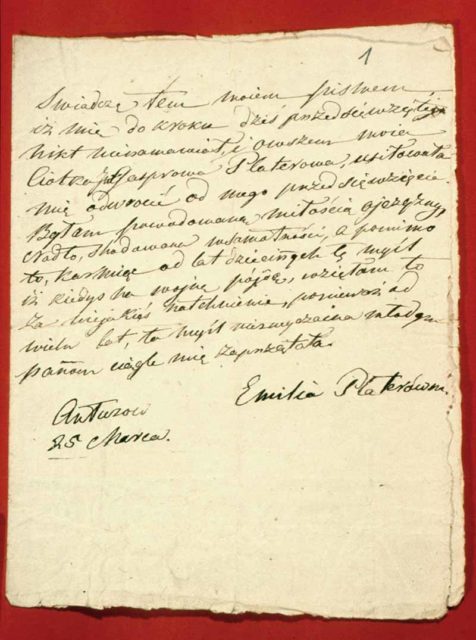
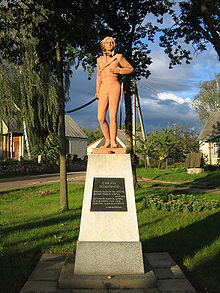
Later she met the Polish General, Dezydery Chłapowski who advised her to return home, but apparently, he wasn’t aware that Countess Emilia Plater was determined to continue her campaign until Poland was free. She proved herself at the Battles of Kowno and Szawle and soon became a Captain in the Polish–Lithuanian army.
Her unit fought bravely against the superior Imperial Russian Army until June, 1831 when General Dezydery Chłapowski was forced to order a retreat to Prussia. She decided to go all the way even without Chłapowski’s support, but unfortunately, she became fatally ill and died on December 23rd, 1831.
Her determination and courage became a symbol of the uprising and the icon of Polish freedom. Many literary works and numerous paintings immortalized Countess Emilia Plater- the Polish Joan of Arc.
